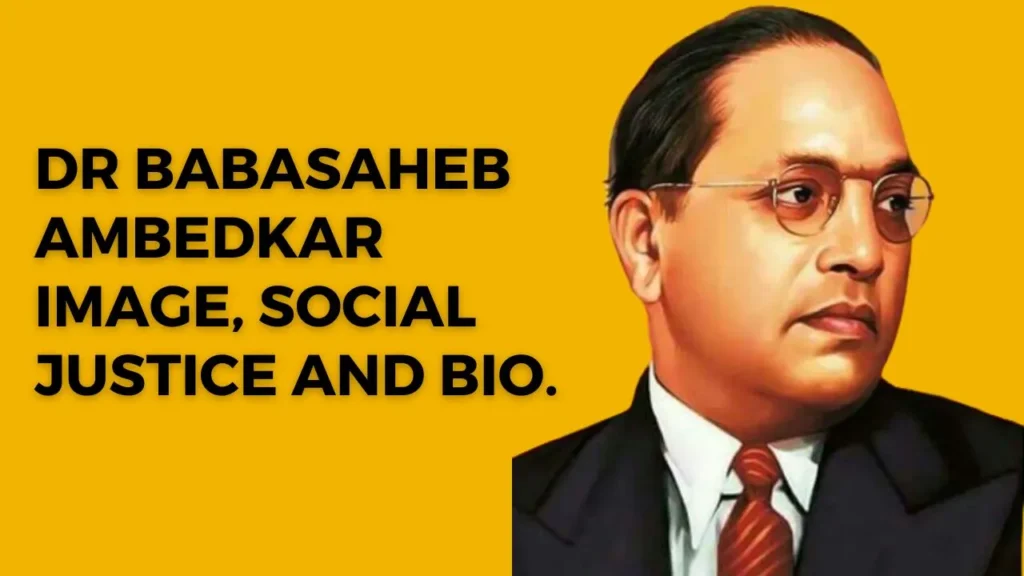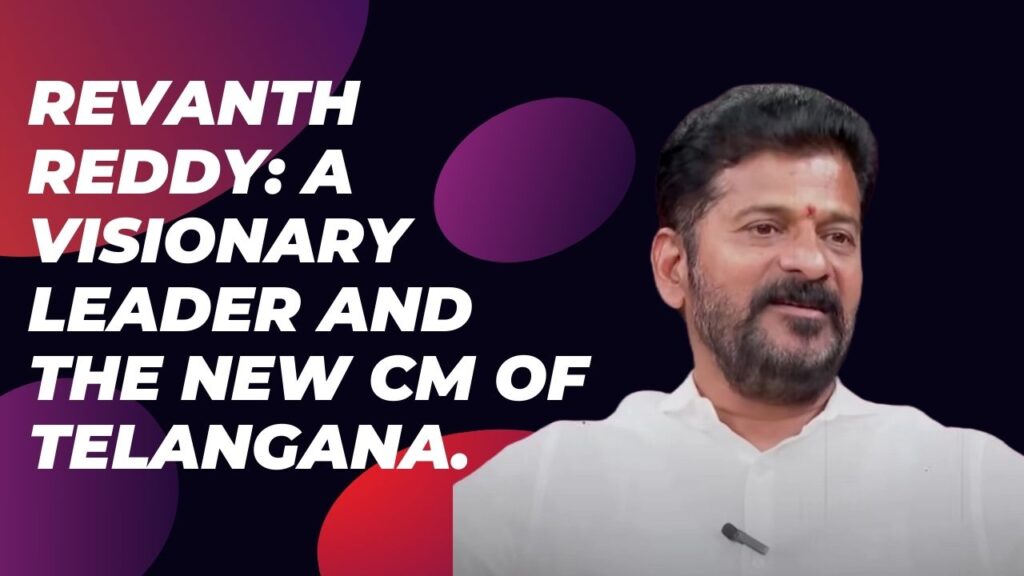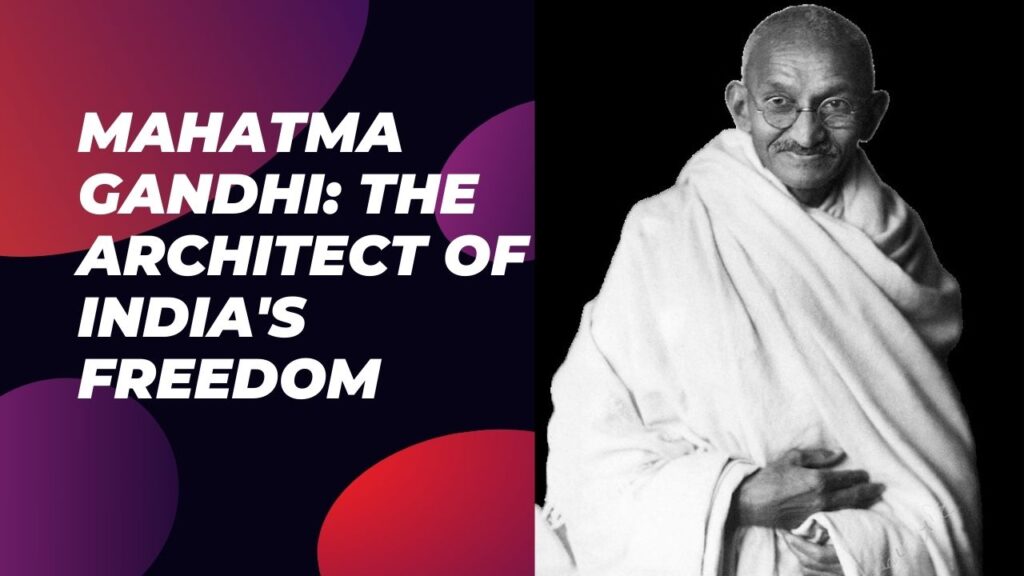Introduction:
Dr Bhimrao Ramji Ambedkar, fondly known as Babasaheb Ambedkar, was a visionary leader, jurist, and social reformer who played a pivotal role in shaping modern India. In this comprehensive blog post, we explore the layers of his life, achievements, and contributions to society. We will also take a look at Dr Babasaheb Ambedkar image, his work on ground and other achievements.
FAQ’s about Dr Babasaheb Ambedkar:
When was he born?
He was born on April 14th, 1891.
Where was he born?
He was born in Mhow (now Dr. Ambedkar Nagar), Madhya Pradesh, British India.
Who were his parents?
His father’s name was Ramji Maloji Sakpal, and his mother was Bhimabai Sakpal.
What was his family occupation?
His family belonged to the Mahar caste, traditionally associated with military service. His father held the rank of Subedar in the British Indian Army.
What were his educational qualifications?
He was exceptionally well-educated and held multiple degrees including D.Sc., Ph.D., and law degrees from renowned universities.
Could you provide details about his early career?
After completing his studies abroad, he returned to India and began his legal practice in the Bombay High Court.
How did he start out in law?
He earned recognition as a brilliant legal mind, specializing in labor law and constitutional law. The Princely State of Baroda took care of his education.
What were his contributions to the freedom struggle?
He actively participated in the freedom struggle. He was appointed as the Chairman of the Drafting Committee for the Indian Constitution.
What is his significant work for the downtrodden?
He dedicated his life to uplift the downtrodden by advocating for their social, economic, and political rights.
When and where did he embrace Buddhism?
He embraced Buddhism on October 14th, 1956, in Nagpur, along with thousands of his followers.
Dr Babasaheb Ambedkar Image, Career Milestones, Conversion to Buddhism.
Please provide Dr Babasaheb Ambedkar image?

Attached is Dr Babasaheb Ambedkar image for our readers.
Can you highlight some of his career milestones?
His milestones include being appointed as the first Law Minister of independent India and his important role in drafting the Indian Constitution.
What awards and recognition did he receive?
He was posthumously honoured with the Bharat Ratna, India’s highest civilian award, in the year 1990.
How did he contribute to Indian jurisprudence?
His legal expertise and role in drafting the Constitution laid the foundation for modern Indian jurisprudence.
What is his legacy in social reform movement?
His legacy includes leading the social reforms, for the eradication of untouchability and caste-based discrimination.
How did he approach economic empowerment for marginalized communities?
He advocated for economic empowerment through reservations and affirmative action for socially marginalized groups.
What role did he play in the establishment of the Reserve Bank of India (RBI)?
He served as the Chairman of the Finance Commission, playing a crucial role in the establishment of the RBI.
How did he contribute to the education field?
He emphasized the importance of education and played a key role in the establishment of various educational institutions.
Can you elaborate on his thoughts on political representation for marginalized communities?
He went on to champion political representation for Dalits, ensuring their participation in the democratic process.
What is his perspective on religious conversion to Buddhism?
He viewed religious conversion as a means of liberation from caste-based discrimination, leading the mass conversion to Buddhism.
Social Justice, Formation Of Indian Civil Services And Other Bills.
How did he contribute to the establishment of the All India Scheduled Castes Federation?
He played a major role in the formation of All India Scheduled Castes Federation. This was to address the concerns of marginalized communities.
What challenges did he face in his pursuit of social justice?
He faced opposition from traditionalists and conservative forces while advocating for social justice.
How did he address gender equality in his reform efforts?
He emphasized the need for gender equality and women’s rights. He ensured the inclusion of progressive provisions in the Indian Constitution.
How did he contribute to labour rights and social welfare?
His expertise in labour law played a crucial role in shaping policies for workers’ rights and social welfare across the country.
What initiatives did he undertake for the welfare of tribal communities?
He advocated for the rights of tribal communities and worked towards their socio-economic upliftment.
How did he contribute to the formation of the Indian Civil Services (ICS)?
He played a significant role in the establishment of the Indian Civil Services, emphasizing equal opportunities for all.
How did his vision influence the education system in India?
His vision emphasized accessible and quality education for all. It continues to be a mission statement for establishment of various educational institutions to this day.
What role did he play in the framing of the Hindu Code Bill?
He was instrumental in drafting the Hindu Code Bill. It aimed at reforming family laws and ensuring gender justice.
States Re-organization Committee, Labor Laws and Legacy.
How did he contribute to the formation of the States Reorganization Commission?
He served as the Chairman of the States Reorganization Commission. It facilitated the reorganization of states in India.
What is his perspective on democracy and political rights?
He emphasized the importance of political rights for all citizens, irrespective of their social background.
How did he contribute to the establishment of the Mahad Satyagraha?
He led the Mahad Satyagraha. It was a movement to secure the right of Dalits to access water from public sources.
How did he approach the issue of untouchability in Hindu society?
He vehemently opposed untouchability and caste-based discrimination and advocated for their complete eradication.
How did he contribute to the formation of the Scheduled Castes Federation?
He played a role in forming the Scheduled Castes Federation to provide a political platform for the oppressed communities.
How did he contribute to the framing of the Bombay Labour Welfare Fund Act?
His efforts led to the establishment of the Bombay Labour Welfare Fund Act, ensuring the welfare of industrial laborers.
How did he contribute to the establishment of the People’s Education Society?
He founded the People’s Education Society to promote education and scholarship among socially marginalized groups.
What is his lasting impact on the social fabric of India?
Dr. Ambedkar’s legacy endures as a messiah of social justice, equality, and human rights. It continues to inspire generations to strive for a more inclusive and equitable society.
Conclusion:
Dr Babasaheb Ambedkar’s life is a tribute to his absolute commitment to social justice and equality. Such is his legacy that even today we see Dr Babasaheb Ambedkar image being displayed across all major government offices and establishments. It is evident that his contributions have left a lasting impression on the socio-political landscape of India. Dear readers, you may read some of our other blogs from the “Home” page of our website. Our blogs are available in over 20 different languages.


